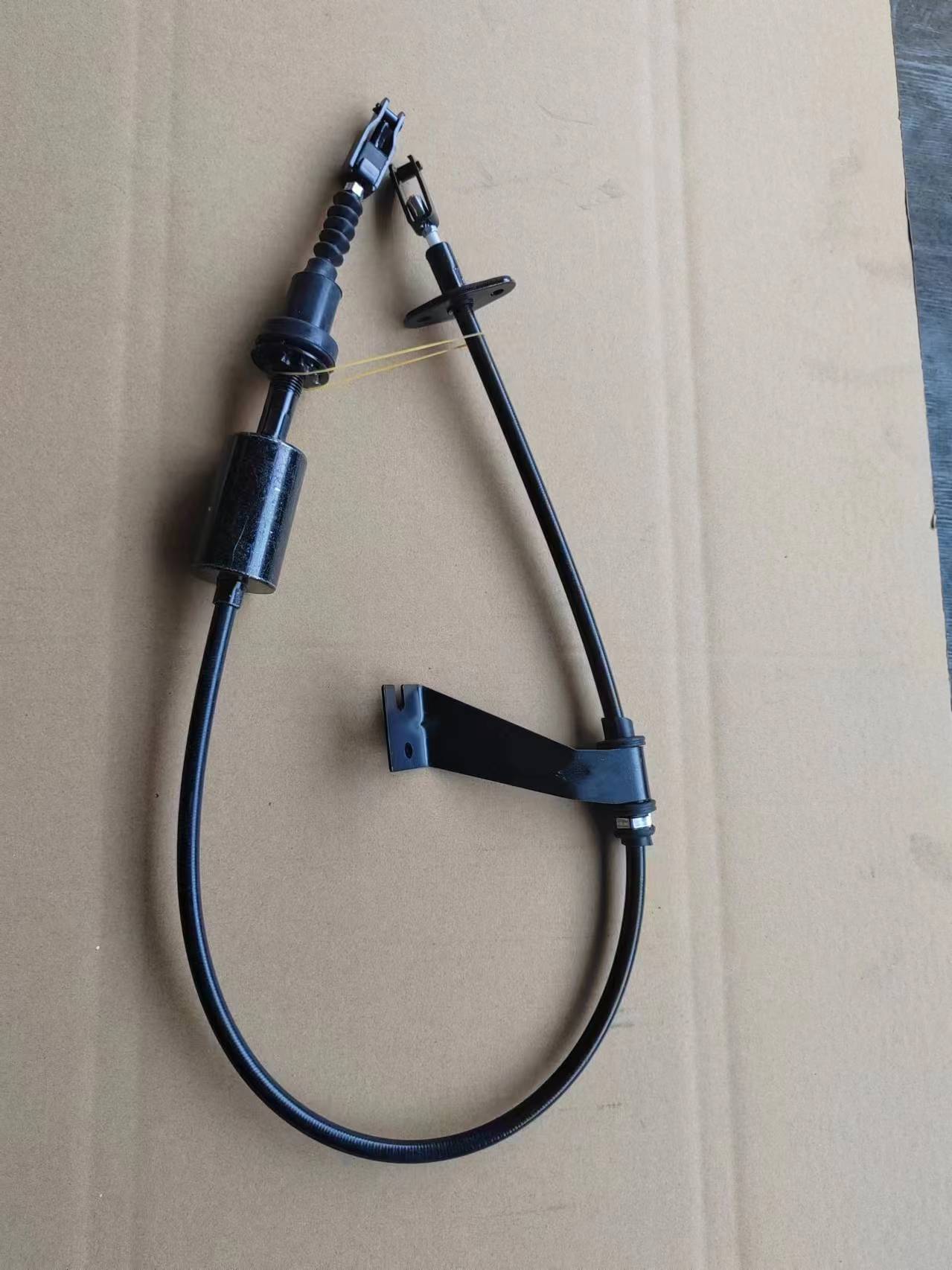Outer Housing for Gear Cable Replacement and Maintenance Solutions
Understanding Gear Cable Outer Casing Importance and Characteristics
When it comes to cycling, the importance of each component cannot be overemphasized, and one such critical part is the gear cable outer casing. Gear cables are vital for shifting between gears smoothly and efficiently, making them crucial to a bike's performance. The outer casing serves as a protective shield for the inner cable, helping to maintain its functionality while enhancing overall durability.
What is Gear Cable Outer Casing?
The gear cable outer casing is essentially the outer part of the cable system that runs from the gear shifters to the derailleur. This casing is often made from materials such as plastic, aluminum, or a combination of both, designed to protect the inner wire from external damage, dirt, and moisture. The outer casing is structured to provide a sliding surface for the inner cable, allowing seamless shifts between gears while minimizing friction.
Importance of Quality Outer Casing
The quality of the gear cable outer casing can significantly impact a cyclist's experience. A high-quality outer casing ensures smooth gear shifts, which is crucial for optimal bike performance. A poorly constructed casing can lead to increased friction, resulting in sluggish shifts that can affect the bike’s responsiveness. Friction can also contribute to wear and tear on the inner cable, necessitating more frequent replacements.
Types of Gear Cable Outer Casings
1. Standard Plastic Casings Most common and widely used in the cycling community, standard plastic casings are lightweight, corrosion-resistant, and relatively inexpensive. However, they may not offer the best performance in extreme conditions.
2. PTFE-Coated Casings Polytetrafluoroethylene (PTFE) coatings provide excellent low-friction properties. This type of casing is especially useful for cyclists who ride in wet or muddy conditions, as it helps to keep out dirt and moisture while maintaining smooth operation.
3. Aluminum Casings Although less common, aluminum casings are incredibly durable and can provide added protection against external damage. They are often used in high-performance racing bikes where weight and strength are paramount.
gear cable outer casing

4. Multifunctional Casings Some modern gear cable casings may combine multiple materials and technologies to enhance performance. These can include vibration-dampening features and moisture barriers.
Maintenance Tips
To keep your gear cable outer casing in top shape, regular maintenance is essential. Here are a few tips
- Keep it Clean Dirt and grime can accumulate within the casing, leading to increased friction. Regularly wiping down the cables and casings will help maintain smooth operation.
- Inspect for Damage Frequently check for any signs of wear and tear, such as fraying or cracks in the casing. Addressing these issues early can prevent more substantial problems down the line.
- Lubrication While the inner cable should be lubricated sparingly, ensure that the outer casing is free of internal debris that could hinder the cable's movement.
- Proper Installation When replacing the outer casing, ensure it’s cut to the correct length and installed properly to avoid kinks and bends that could impair functionality.
Conclusion
The gear cable outer casing is a pivotal element in a bicycle's operation, enabling precise shifts and contributing to a smoother ride. By choosing high-quality materials and performing regular maintenance, cyclists can ensure their gear shifting remains responsive and efficient. Understanding the importance of this component helps cyclists appreciate their bikes better and encourages optimal performance on every ride. So, the next time you hit the trails or the pavement, remember the unsung hero of your cycling experience—the gear cable outer casing.
-
Upgrade Your Vehicle with High-Quality Handbrake CablesNewsNov.01,2024
-
Optimize Your Bike's Performance with Quality CablesNewsNov.01,2024
-
Enhance Your Vehicle's Performance with Quality Clutch ComponentsNewsNov.01,2024
-
Elevate Your Vehicle's Performance with Quality Throttle CablesNewsNov.01,2024
-
Elevate Your Vehicle's Performance with Quality CablesNewsNov.01,2024
-
Affordable Solutions for Your Cable NeedsNewsNov.01,2024
